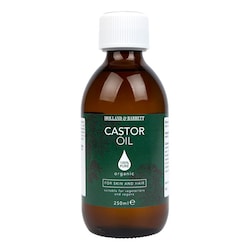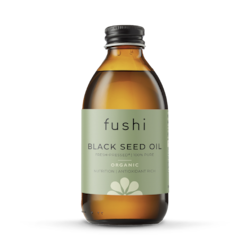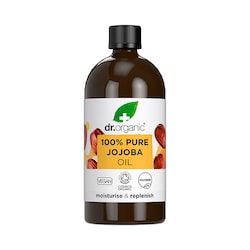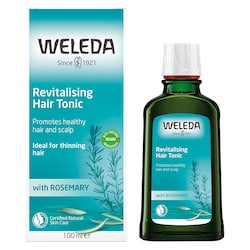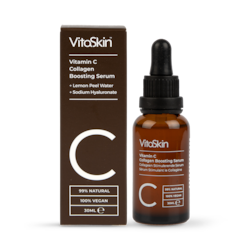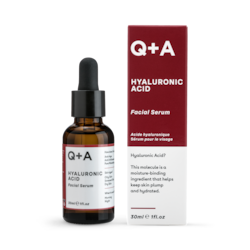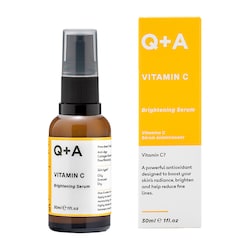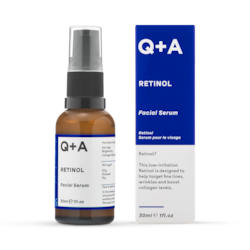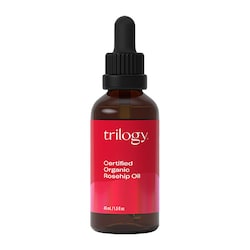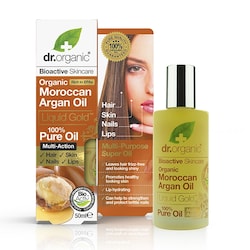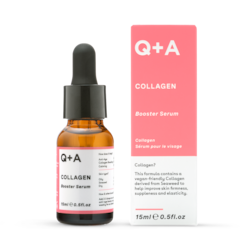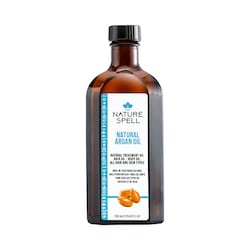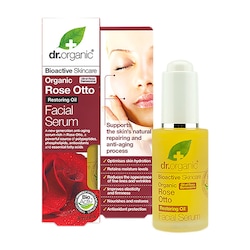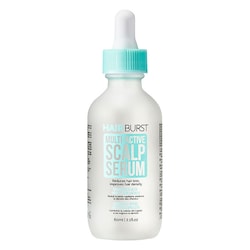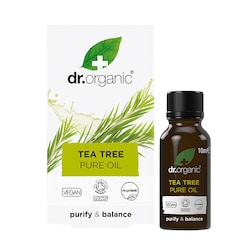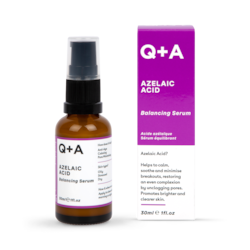15% off £30 OR 20% off £40
Dry hair: Causes and treatments
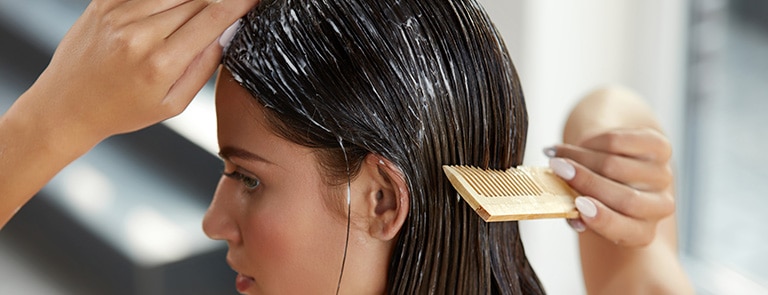
Dry hair is no fun, everybody knows that. Find out how to maintain strong hair that doesn't break off all the time and lacks shine, but how?
Why is my hair so dry and brittle?
The first thing you need to ask yourself is ‘why is my hair so dry and brittle?’ Do you use heat on your hair a lot, wash it frequently or expose your hair to lots of wind, dry air or sun?
Identifying the problem is the first step in finding a solution for your dry hair, and we have written this guide to help you do just that!
So, why is my hair so dry?
There are a few main reasons our hair can become dry:
-
Your scalp is not making enough oil needed to keep your hair moisturised
Your hair can’t moisturise itself, it relies on the oils made by your hair roots – which are under your skin.
When your scalp doesn’t make enough oil for your hair, it becomes dry – the opposite dilemma to greasy hair.
As you get older, your hair will naturally start to produce less oil. This is why dry hair is particularly prevalent in older men and women.
-
Your hair lets moisture escape
Another reason your hair may be dry is that it is letting moisture escape.
Every healthy hair strand is surrounded by something called the ‘cuticle’ which acts as your hair’s protective layer.
The cuticle is made of different layers which lie tight against each other and protect your hair from sun damage and heat.
If a cuticle’s layers become damaged and peel away from the hair, it struggles to hold moisture and some oil will escape.
-
Your diet or hormones may have something to do with it
A diet lacking in vitamins and protein can cause hair to become dry and make it more prone to breakages.
This is because your hair needs a variety of nutrients to grow and repair itself, including vitamins A, C, D, and E.
Hormonal changes in the body caused by things such as pregnancy, the menopause and birth control can have undesirable effects on the hair.
If your dry hair is caused by hormones, you may also feel fatigued, colder than usual, weaker and your hair may begin to fall out.
This is something best talked about with a doctor if you feel like this might be causing your dry hair.
Handpicked content: Which vitamins are good for your hair?
What makes hair feel brittle?
Brittle hair goes hand in hand with dry hair. This is because dry hair is weaker and more likely to snap off or split at the end when you brush or try to style it.
How to get rid of dry hair
So now you – hopefully – have a better idea about what dry hair is caused by, here are some tips on how to combat dry and brittle hair:
-
Wash your hair less
Overwashing your hair or using harsh shampoos that strip away your hair’s natural oils can damage your hair and make it feel dry.
Try cutting down the amount you wash it week by week so your hair can gradually re-balance its oil.
Ever heard of the no-poo method? Find out about how this haircare routine can help your hair to decide whether it's for you or not.
Top tip: Dry shampoo will be your new best friend! Learn how to make your own dry shampoo here.
-
Stop or cut down on your heat styling
Blow drying, straightening or using curling irons on your hair can damage the protective cuticle and cause it to become dry.
Try letting it dry on its own and embracing the way your hair is naturally.
And if you do decide to use heat to style your hair, make sure you use a good hair protection product to reduce the damage.
Handpicked content: How to get wavy hair without heat
-
Review your hair products
It goes without saying that bleaching, chemically straightening or putting your hair through other chemical treatments can cause damage.
But how about your shampoo and conditioner? Try using mild shampoos made specifically for dry hair instead.
Handpicked content: The best shampoo & conditioner for dry hair
-
Use a moisturising conditioner
Choose a moisturising conditioner to use after your shampoo. Hair conditioners help keep cuticles lying flat and allows them to hold more oils.
Tried all this and still asking yourself: why is my hair so dry?
Make sure your diet is rich in nutrients like protein and vitamins. To find out more about how what you eat can help your hair, read our article on why healthy hair needs protein.
The best gentle hair treatment for dry hair recipes
One great way to tackle dry hair is by making your own personalised hair treatment for dry hair; it’s cheap, it’s fun and it could really make a difference to your dry and tired hair.
Here are some of our favourite gentle hair treatment for dry hair recipes.
Make your own tea hair rinse
Make your own tea hair rinse
Not only is a cup of tea good for the soul, it can be good for your hair too!
Whether it's black tea, white tea, rooibos tea or green tea, there’s a tea rinse out there for everybody.
Black tea can be especially effective for helping to balance scalp oil production.
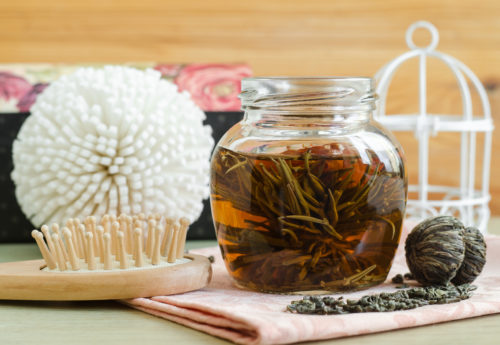

Bring a little banana into the mix
Bring a little banana into the mix
Bananas are jam-packed with nutrients like potassium and silica, making them a popular yet highly nutritious food.
They can also make a great hair mask for dry hair.
- Simply mash up a few ripe bananas and use coconut milk to get it to the right consistency.
- Rub it into your scalp and through the whole length of your hair and let it sit for around half and hour.
- Finally, wash it out and shampoo as normal.
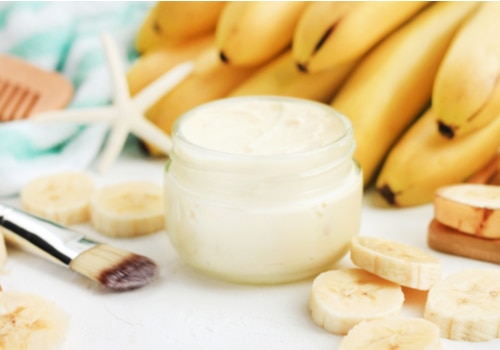

Treat your hair to a detox with apple cider vinegar
Treat your hair to a detox with apple cider vinegar
The hair products we use can be one of the culprits when it comes to dry hair.
They can strip hair of moisture with drying ingredients and they can also clog up your hair with ingredient build up.
One way to help restore your hair’s healthy pH levels and remove product build up is by making your own apple cider vinegar hair and scalp mask.
Be careful using undiluted apple cider vinegar though, it may be too strong for sensitive scalps, so stick to a tried and tested recipe.
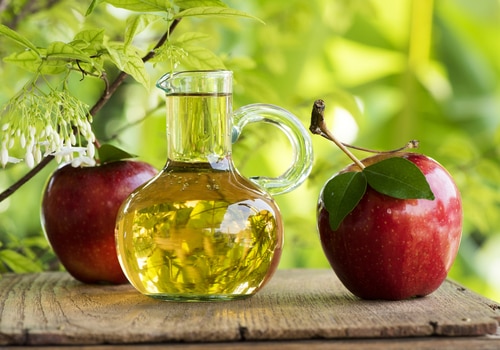

Give avocado a go
Give avocado a go
Creamy and oh-so delicious, avocado is a favourite in the foodie world. But we know something else that will love it: your hair.
The bright green flesh of an avocado is a source of vitamin E, which has emollient properties. This means that it helps to add shine and gloss by helping to smooth along the hair shaft and trap in moisture.
As well as helping your hair be its shiny, glossy best, the vitamin E in avocado promotes a healthy scalp, which can aid your hair growth journey, smooth hair follicles and may even help to prevent against excessive hair loss.
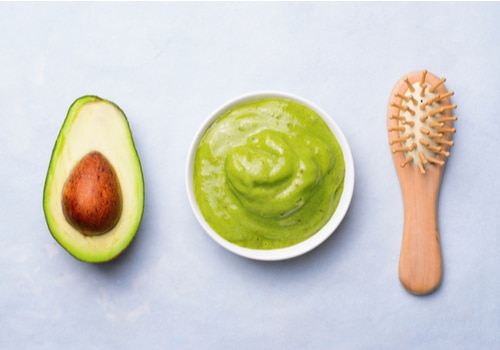

Help your hair heal with honey
Help your hair heal with honey
One of the main reasons our hair can become dry is the escape of moisture in our hair through damaged cuticles.
Our hair cuticles are quite sensitive and can become damaged through sun overexposure, hard water, hair straighteners, and many more everyday things.
Don’t worry though, nature’s sweet nectar: honey, is here to save the day!
Honey is a natural humectant, which means it both attracts moisture and then helps to stop it escaping.
- Massage some onto clean, damp hair
- Let it soak in for half an hour or so
- Rinse out with warm water
- Feel free to add olive oil or avocado into the mix to make it even more nourishing
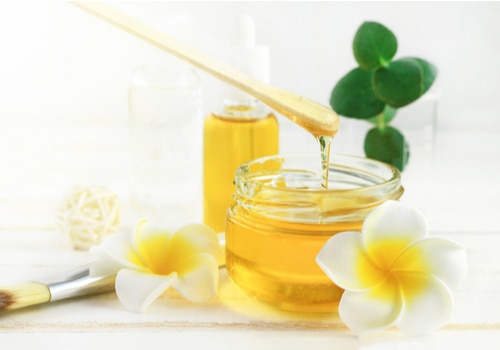

We hope this collection of hair treatment for dry hair recipes will help you on your way to that silky soft hair you’ve been longing for!
Last updated: 12 August 2021



